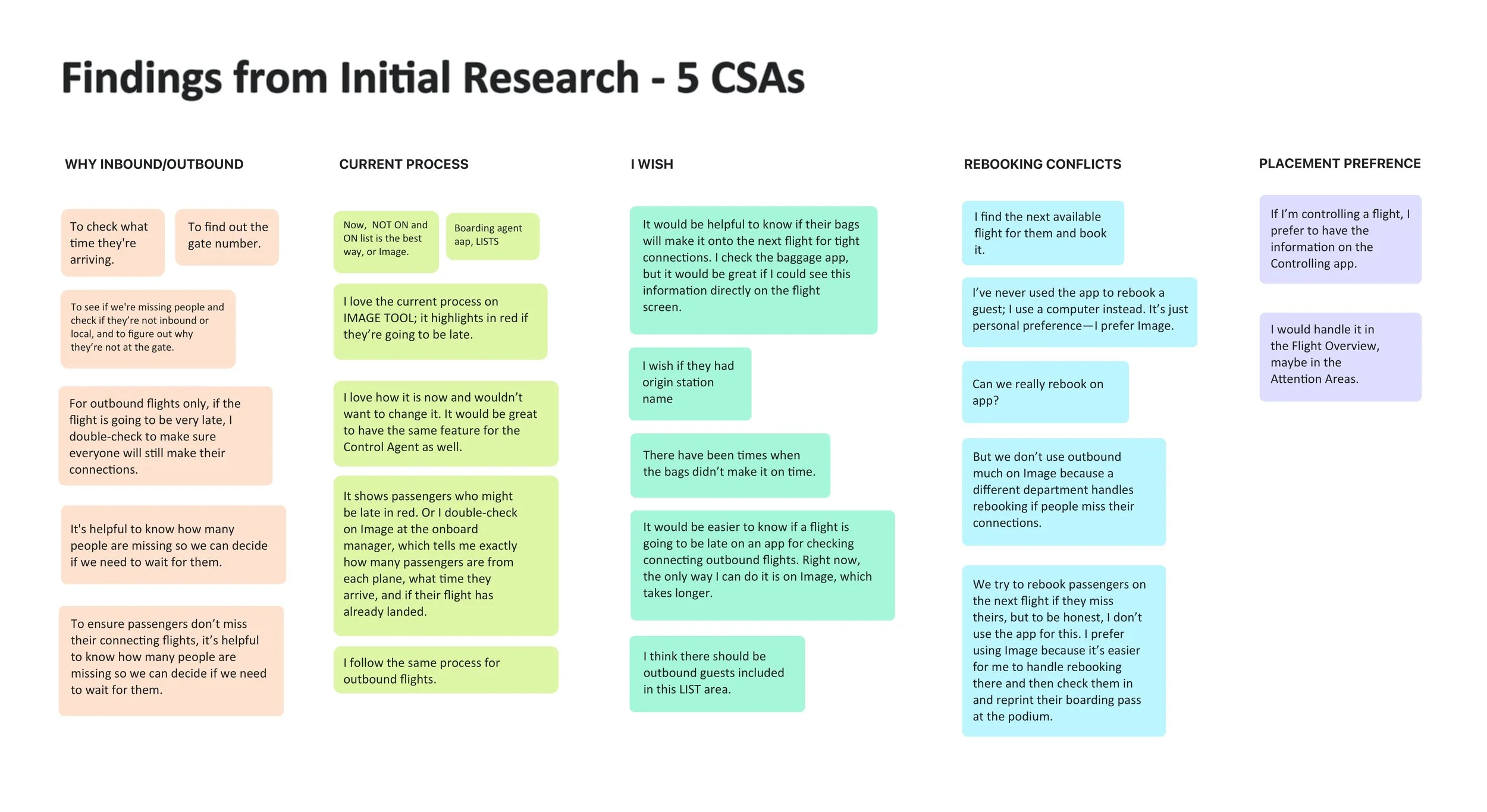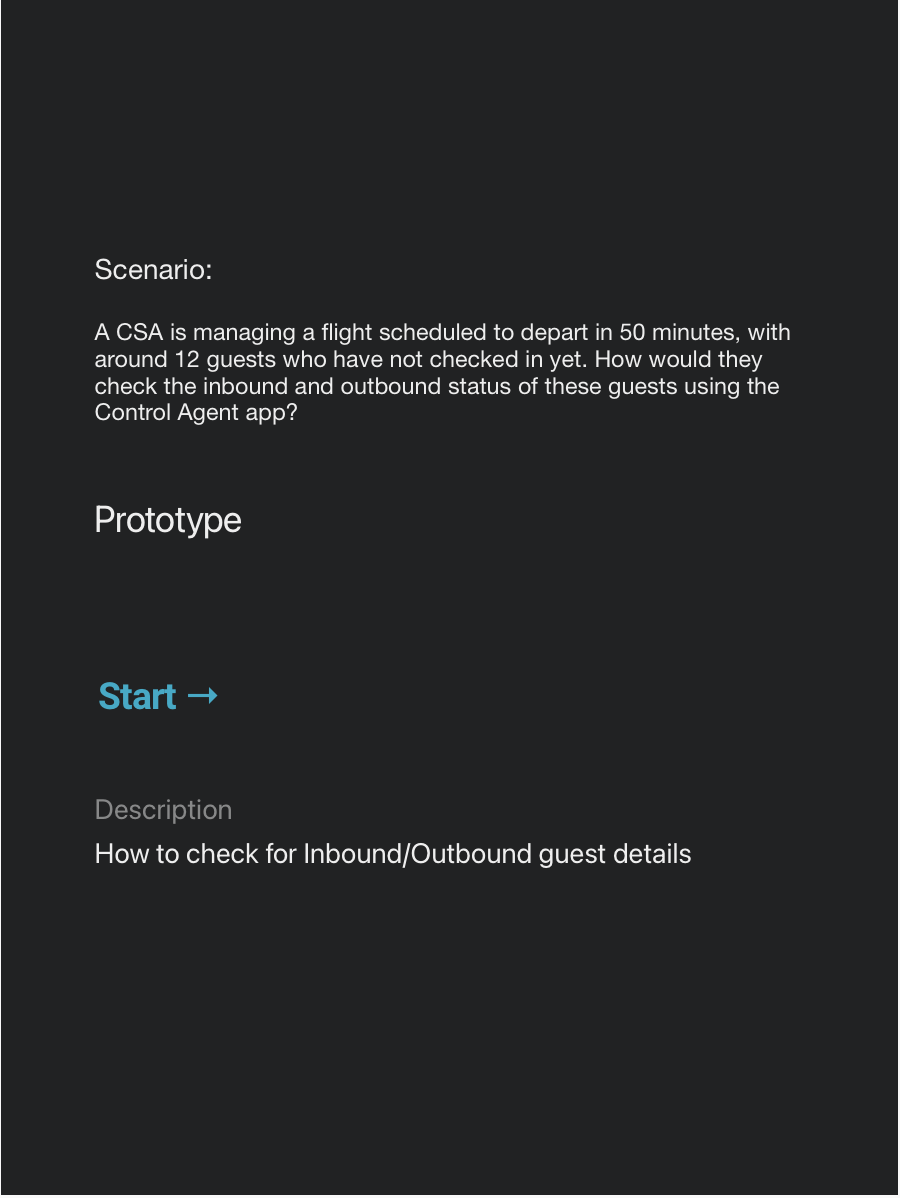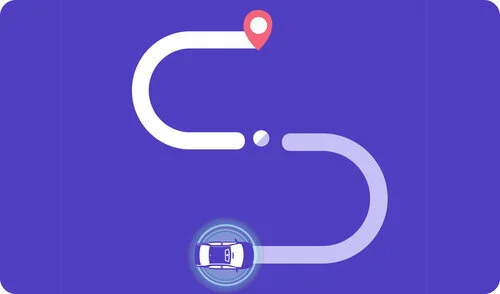Inbound/Outbound connection
It refer to the status and movement of flights in relation to a specific airport. Airports and airlines track these connections to manage logistics, passenger transfers, and ensure smooth operations. Passengers with connecting flights might switch from an inbound flight to an outbound flight at an airport.
Target Users
Customer service agents at the airport and inbound/outbound connection customers
My Role
As a UX/UI Designer, I led the end-to-end design and iteration phases.
Tools used
UX Design: Sketch, InVision
UX Research: Word Document, InVision Prototype, Phone Recorder for Interviews
Problem statement
Transition to iPads and Efficient Flight Management
Alaska Airlines plans to phase out IMAGE (existing software) by 2025, transitioning to iPads as the primary device for all CSAs. To manage efficient flight accommodations, agents need a way to track the number of inbound and outbound passengers to ensure they can effectively accommodate those who might miss their next flight.
IMAGE tool
Initial Design Question
How can we create an experience that allows agents to easily filter passengers with close connections and those arriving after their departure time?
Conducted interviews with 5 airport agents to explore the problem statement in depth, which helped me create an affinity map.
Link to word doc.
Affinity Mapping
Key Features
Based on the thematic analysis, I identified key features that need to be implemented for managing inbound and outbound connections.
Gate number
Number of bags
Inbound status: Checked in vs. not checked in (Filter boarded vs. not boarded)
Total number of missing passengers from inbound flights
Highlight if passengers are going to be late
Number of passengers from each plane, with a filter for two or three inbound connecting flights
Status: Already arrived or late
Functionality comparison with the baggage app
Origin station
Outbound: Time between the current flight and the next flight
Ability to book passengers on the next flight and print boarding passes
Controlling app integration
Flight overview and attention areas
Additional Considerations
Inbound/outbound UI Design
What actions might an agent want to take with guests displayed in the inbound/connections view?
Risks indication
How can we indicate guests who are at risk of missing their connections?
Development considerations
Are there any technical considerations for the list from a development perspective? .
Flight status details
How might we display a more detailed flight status on the list, including scheduled Time of Arrival, Estimated Time of Arrival, and flight status (on-time or delayed)?
Initial Sketches



Usability testing
I conducted usability testing on the prototype with 5 agents over 2 iterations to refine the final solution. Below are some of the key explorations and changes made before and after the usability testing.




Final Prototype
Feature Engagement
The inbound/outbound feature has become one of the most frequently used features in the app.
Reflections
Design Critique: In every project, I have learned that design critique sessions are crucial for refining and improving designs. They offer diverse feedback from various stakeholders, helping to uncover blind spots and usability issues that might not be immediately apparent. These sessions foster collaboration and encourage teamwork, facilitating the exchange of ideas and perspectives. They also validate design choices, ensuring that the final product aligns with user needs and project goals. By incorporating real-world feedback, design critiques enhance overall design quality and provide valuable learning opportunities for professional growth. Addressing potential issues early in the process also reduces risks and helps avoid costly changes later on.
Usability Testing: Usability testing is critical in design, particularly when following Nielsen’s norm of testing with just 5 users. This approach highlights that even a small number of participants can uncover a significant portion of usability issues, often identifying around 80% of the problems. Testing with 5 users allows designers to gather actionable insights and make informed improvements without the need for extensive resources. The method is based on the principle that usability problems are generally consistent across a small group, and identifying these issues early ensures a more user-friendly final product. This efficiency in pinpointing and addressing usability concerns helps enhance the overall user experience and streamline the design process.
Communication with Stakeholders: Effective communication with stakeholders is vital for project success. It involves keeping stakeholders informed about progress, actively seeking their feedback, and addressing concerns promptly. Clear, transparent communication ensures alignment between project goals and stakeholder expectations, builds trust, and fosters collaboration. By maintaining open dialogue, you can navigate challenges more effectively and ensure that the final product meets everyone’s needs and objectives.












